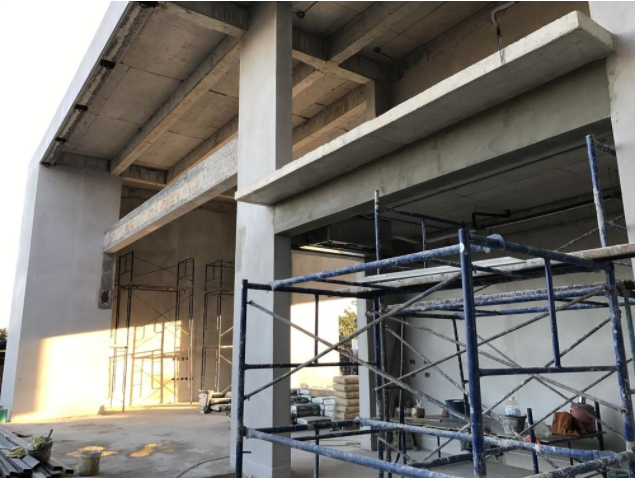If it seems like over the past six months the United States has been inundated with natural disasters, there is a reason it feels that way – because it has. Between the hurricane season and the wildfires in California, there is no shortage of housing rebuild crises that are in great need of contractors to restore towns back to life. Whenever there is high demand, that drives up the price of things; construction is no different. It isn’t just the materials that cost more, but the available construction workers are in low supply as well, meaning that those who are looking to have their homes rebuilt or renovated are finding slim pickings.
Statistics show that the construction worker crisis has reached its highest level since 2007, before the real estate market crash that had many homeowners losing their shirts and having their homes foreclosed on. Forecasters also believe that the trend is about to continue with no end in sight. Thanks to hurricanes Irma and Harvey, the National Association of Home Builders believes that it is going to take years to recover and restore cities and towns back to their original prosperity.
As of August, there were as many as 247,000 openings in the construction and houses builders industry. Up an estimated 34% from just a year before in 2016. Overall, homebuilders and those in the construction industry have added an additional 80,000 positions needing to be filled in the last year, which is over 700,000 since the Great Recession of 2007 when the building market fell out. The problem is that there aren’t enough construction workers, especially those skilled in the industry, to fill the many spots available. Making matters worse, the new immigration bans and stricter rules on migrant workers in the framing industry is only further exacerbating the dwindling numbers of those who can perform the necessary work.
Although it’s a hard fact to stomach, those who want their communities put back together and to return to their daily lives might have to wait much longer than they want to, in order to find the labor necessary. Moreover, it isn’t just time that is increasing — so is the price that they would have paid just a couple short years ago.
Another reason for the shortage in construction workers is the shift of those looking for lucrative careers turning away from the trades and instead of opting to take out large student loans to earn degrees that aren’t getting them on the career path to success that they had hoped. Many who could be employed in the construction business have taken a route that has put them into debt and stopped them from being relevant and competitive in a new trend for making themselves invaluable.
That has left many contractors with opportunities for jobs that can increase their earning potential, but if they can’t hire and keep tradespeople that they can rely on, then that leaves them with very few options and with frustrated customers complaining of broken promises that aren’t being fulfilled.
In fact, surveys done on those working in the construction field admit that their ability to hire workers is getting worse — as much as 75% worse in just the past year. The most concerned are those working in the Midwest. Both skilled and unskilled transient laborers are more than willing to head to those ravaged areas where the labor is needed without allegiance or loyalty, leaving the Midwest construction industry and other areas of the country completely in the dust, and contractors unable to complete their jobs and with no other recourse.
Adding insult to injury is the fact that even those who are skilled laborers or tradespeople are getting to the age of retirement. And with the huge push for college-educated graduates, there simply aren’t enough entering into the workforce trained to do the positions that are needed most, nor are there going to be many left to teach and mentor those in need. Although schooling and certification are needed, the real experience and expertise comes from being on the job. Without anyone to train and show them the way, the road for newer workers is going to be arduous, and the skillset nowhere near where it needs to be.
Things in the construction business need to change; there is no doubt about that. But with every paradigm shift, it takes time for attitudes to change. That is leaving the construction industry out of luck at a time when skilled laborers are needed most. By the time those entering adulthood understand that they have other options besides a classroom and high student loans, the construction business will be scrambling to rebuild the many areas that are in extreme need of help to get them back to normal.

